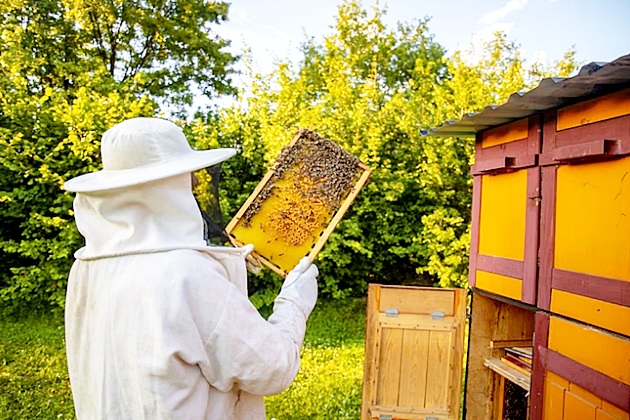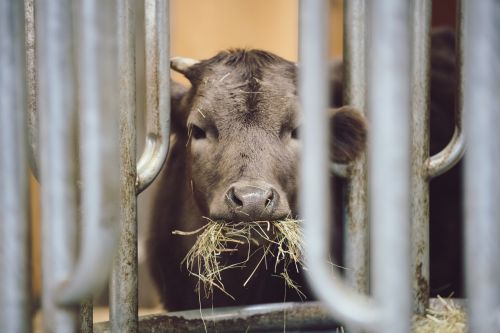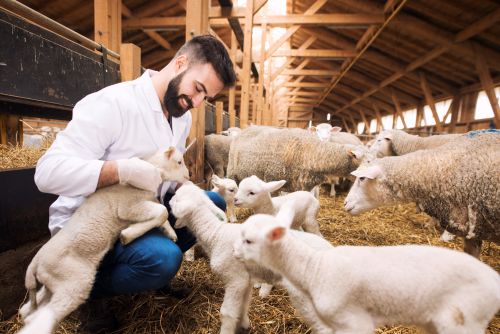
According to specialists, the main tasks carried out in the apiary during this period are as follows:
- Quiet removal of ice and snow from the flight boards of the hives;
- Cleaning dead bees and preparing the hive for cleansing flights;
- Stimulating cleansing flights. The cleansing flight of bee colonies provides valuable information about the health status of the bee family, such as:Strong colonies perform cleansing flights for 30-40 minutes;A small number of bees on cleansing flights indicate a weak or sick colony;Bees behaving as if searching for something, being placed on the walls of the hive, indicate the absence of a queen bee;Bees with swollen abdomens or feces on the flight board indicate fermented honey in the hive or bees suffering from nosema;Presence of wax residues in large quantities at the hive entrance indicates an attack by mice;If no bees come out of the hive and they don't react when the front wall of the hive is hit, it means the colony has perished. These hives are closed at the entrance to prevent robber bees from entering in early spring.
- Strong colonies perform cleansing flights for 30-40 minutes;
- A small number of bees on cleansing flights indicate a weak or sick colony;
- Bees behaving as if searching for something, being placed on the walls of the hive, indicate the absence of a queen bee;
- Bees with swollen abdomens or feces on the flight board indicate fermented honey in the hive or bees suffering from nosema;
- Presence of wax residues in large quantities at the hive entrance indicates an attack by mice;
- If no bees come out of the hive and they don't react when the front wall of the hive is hit, it means the colony has perished. These hives are closed at the entrance to prevent robber bees from entering in early spring.
- To stimulate and control cleansing flights, existing hive wraps and even hive covers can be removed on sunny days in February;
- Continuing to monitor how bee colonies hibernate by analyzing the buzzing of bees (periodic auditory checks) and analyzing the "control sheet" placed at the bottom of the hive whenever possible;
- Supplementing inadequate food reserves in bee colonies by administering patties made of honey paste and powdered sugar, or syrup administered in the form of patties or candy sugar;
- To prevent nosema, it is advisable to prepare sugar patties with plant extracts (Protofil) at a dose of 340 ml per 10 kg of paste obtained, ensuring that Protofil is well homogenized in syrup or honey before being added to powdered sugar;
- Protein patties, which are very important for the development of bee colonies, should not be administered this month if, at least 2 weeks after administration, the weather does not allow for cleansing flights, a situation that is difficult to predict. Therefore, for safety reasons, it is advisable to administer these patties starting from the second half of March;
- Supplementing food supplies can also be done with frames of honey from reserves or from colonies where there is believed to be a surplus (by quickly assessing the weight of the hive); the respective colony is placed in a heated room, gently opened and unpacked, the position of the cluster is observed, and the frames with food are placed laterally to the cluster so that the bees come into contact with it;
- Patties or candy sugar can be administered directly onto the hive bottom board at a quantity of 700g-1kg per bee colony, at intervals of 2-3 weeks depending on the existing food reserve in the combs and consumption;
- Continuing work related to ensuring the material and equipment of the apiary for the current year according to the planned production (repairing, cleaning, disinfecting, painting hives, assembling and wiring frames, purchasing necessary materials and equipment). (Photo: Freepik)
aflat
anterior
urmator





